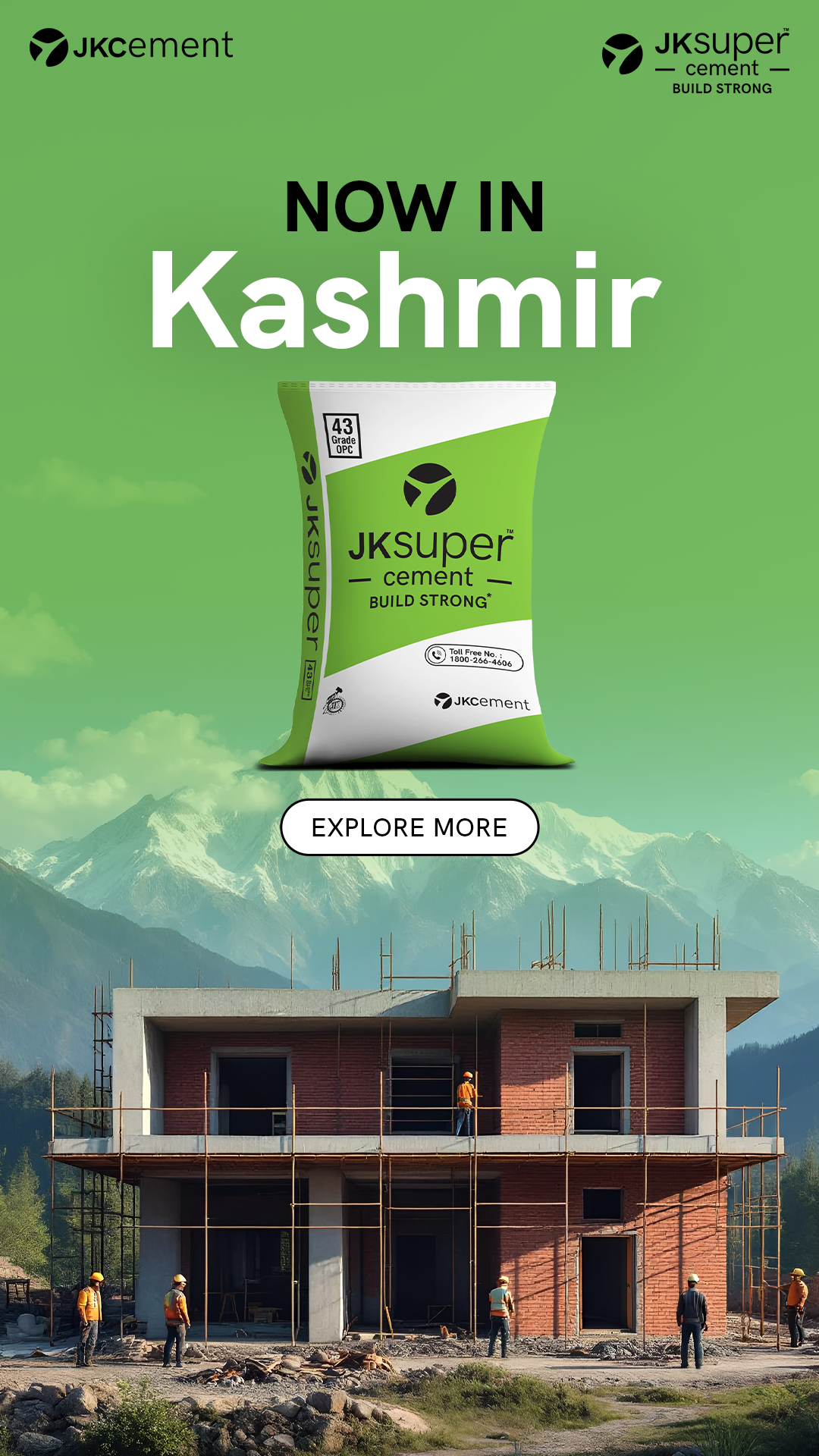How to Write a Compelling Blog Post
Writing a blog post can be a great way to share your ideas, insights, and expertise with others. Whether you’re a seasoned writer or just starting out, crafting a compelling blog post requires careful planning and execution. In this article, we’ll explore some tips and techniques to help you create engaging and informative blog content.
1. Understand Your Audience
Before you start writing, it’s important to have a clear understanding of who your target audience is. Consider their demographics, interests, and needs. This knowledge will guide your content creation process and help you tailor your message to resonate with your readers.
Take the time to research your audience’s preferences and pain points. What topics are they interested in? What challenges do they face? By addressing these questions, you can create content that is relevant and valuable to your readers.
2. Develop a Strong Headline
The headline is the first thing that readers see, so it’s crucial to make it attention-grabbing and compelling. A strong headline should pique curiosity and entice readers to click and read the full article.
Consider using power words, numbers, and intriguing statements in your headline. For example, instead of “Tips for Writing a Blog Post,” you could use “10 Proven Techniques to Write an Engaging Blog Post.” This type of headline is more likely to capture the reader’s attention and encourage them to continue reading.
3. Create an Outline
Before diving into the actual writing, it’s helpful to create an outline for your blog post. An outline will serve as a roadmap, ensuring that your content flows logically and coherently.
Start by identifying the main points or key takeaways you want to convey in your blog post. Then, organize these points in a logical order. Use subheadings to break up your content and make it easier for readers to scan and digest.
Remember to include an introduction that hooks the reader, body paragraphs that provide valuable information, and a conclusion that summarizes the main points and encourages further engagement.
4. Write Engaging Content
When writing your blog post, aim to create content that is informative, engaging, and easy to read. Use a conversational tone and avoid jargon or complex language that may alienate your readers.
Break up your content into short paragraphs and use bullet points or numbered lists to highlight key information. This makes your content more scannable and digestible, especially for readers who are short on time.
Support your points with relevant examples, data, or anecdotes. This adds credibility to your content and helps to reinforce your message.
5. Edit and Proofread
Once you’ve finished writing your blog post, take the time to edit and proofread it. Check for spelling and grammar errors, as well as any inconsistencies or awkward phrasing.
Read your blog post aloud to ensure that it flows smoothly and makes sense. Consider asking a friend or colleague to review your content as well, as they may catch errors or provide valuable feedback.
Make sure your blog post is properly formatted and visually appealing. Use headings, subheadings, and formatting options like bold or italics to emphasize important points or make your content more visually appealing.
Conclusion
Writing a compelling blog post requires careful planning, engaging content, and thorough editing. By understanding your audience, crafting a strong headline, creating an outline, writing engaging content, and editing thoroughly, you can create blog posts that captivate and inform your readers.
Remember, practice makes perfect, so keep honing your writing skills and experimenting with different techniques to find what works best for you. Happy blogging!





